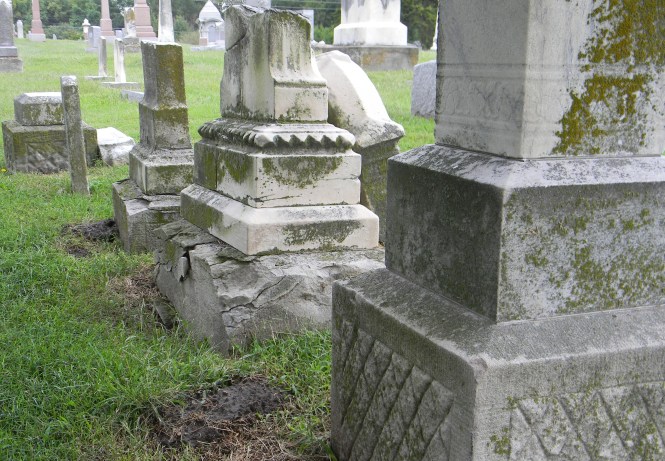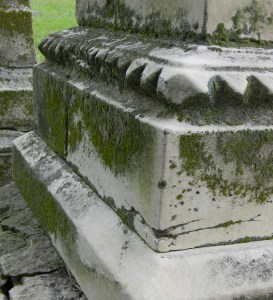Family
Why I Love ‘Em
I love graveyards for all that they tell us, for the lives they hint at and the peace they promise every single denizen. I suppose part of it’s that prurient fascination we all have with tragedy. The reason Old Yeller’s a classic; why people love to read Nicolas Sparks or Jodi Piccoult and listen to sad country songs; sometimes you just want to cry.
Stone is a beautiful medium.
Every tombstone’s a sculpture with a story. Some speak more artfully than others, but it’s often the most crudely carved that tell the best tales.
I like the colors and patterns of lichen on white marble. I like pictures of the deceased embedded in the stones. I like glossy new markers with sharp edges and old ones with quaint, old fashioned names.
What sparks my imagination in new and old are the hints they tell about the relationships left behind. What happened to the family of a row of children who all died in the same year? How much must a man have loved his wife when she died three decades before him, but he still chose to be buried beside her?
I ran across one way out in the country the other day. It was a small cemetery on a hill thrust up from among soybean and corn fields. There were about a hundred people buried there. The most recent grave was less than a decade old, a double stone. A boy, 13 years old, was buried on the right, “beloved son.” On the left was his “loving father.” The father’s name was there, his birth date, but no death date. No mom. Toy race cars and new silk flowers lay on the boy’s side. Dad’s side was clean, empty. Somewhere, here in my world, Dad was waiting for the day he’d see his son again.
Doesn’t that make you wonder? It’s amazing how much a few words, a trinket or two and couple of dates in stone can convey about a life, and a death.









